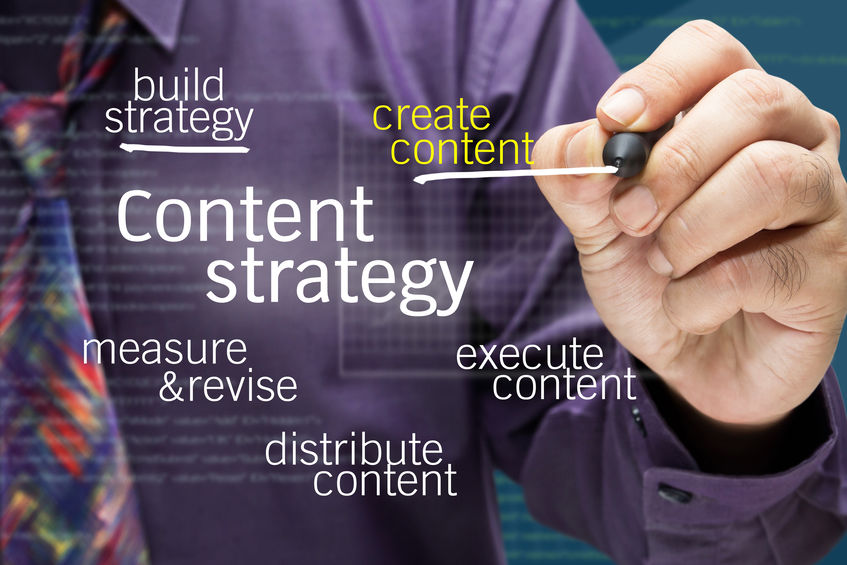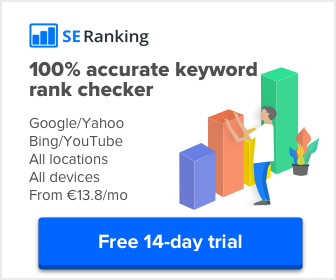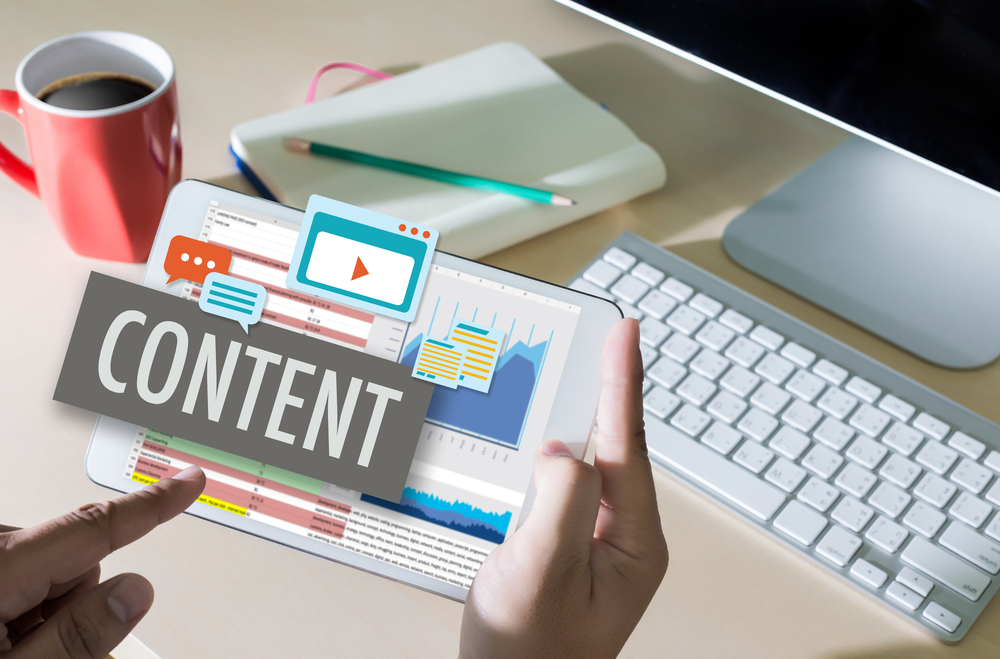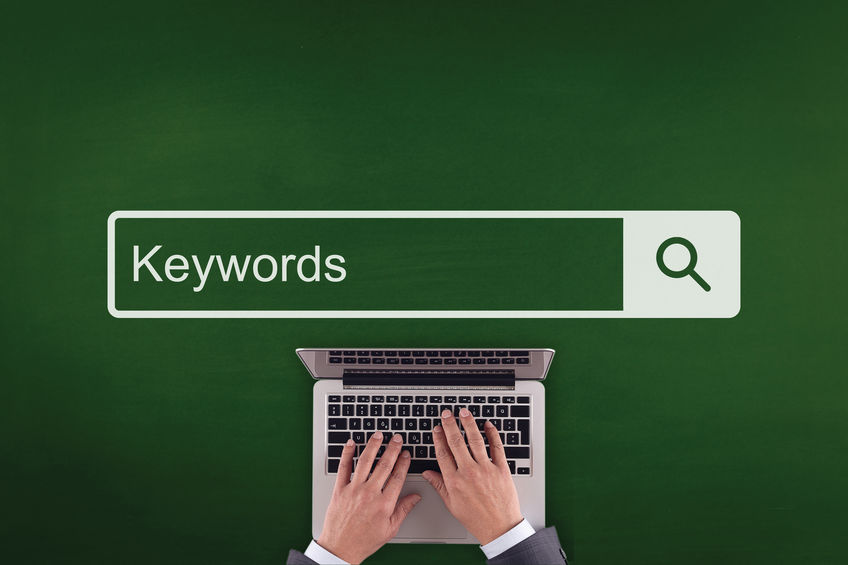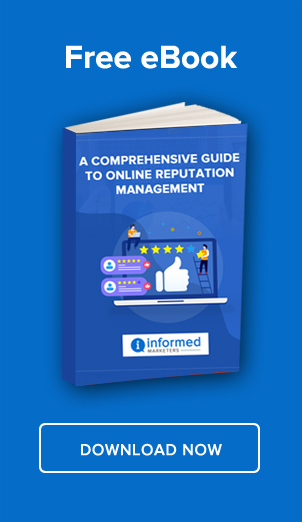Today’s consumers are a much tougher nut to crack. They seem to have developed an instinctive ability to mentally block out ads, and they expect more from you than just a fancy logo and occasional promotions. They want you to provide the information they need in the right format, at the right time, and via the right channel. Also, they want you to establish dialogues with them, but they do not want you to tell them what to buy, at least not in a straightforward manner. With consumers becoming more sophisticated and demanding, you need to be able to walk an increasingly fine line in order to reap marketing success.
When properly implemented, content marketing can be the ideal strategy for walking the marketing tightrope in today’s consumer-empowered world. It enables you to satisfy your target consumers’ need for information, influence their behavior and decisions subtly and discreetly, and establish trustworthy relationships with them. However, it can be difficult to devise the right content marketing strategy for your target audience, considering that there are so many methods and tools at your disposal.
Quality over quantity is the key to success in content marketing. Instead of trying to reach out to as many potential customers as possible, you should invest more time and effort in developing effective consumer analytics, engagement, and conversion strategies. This can be achieved by gaining an in-depth understanding of the buyer’s journey and making your content relevant and engaging at each stage of the journey.
The Buyer’s Journey
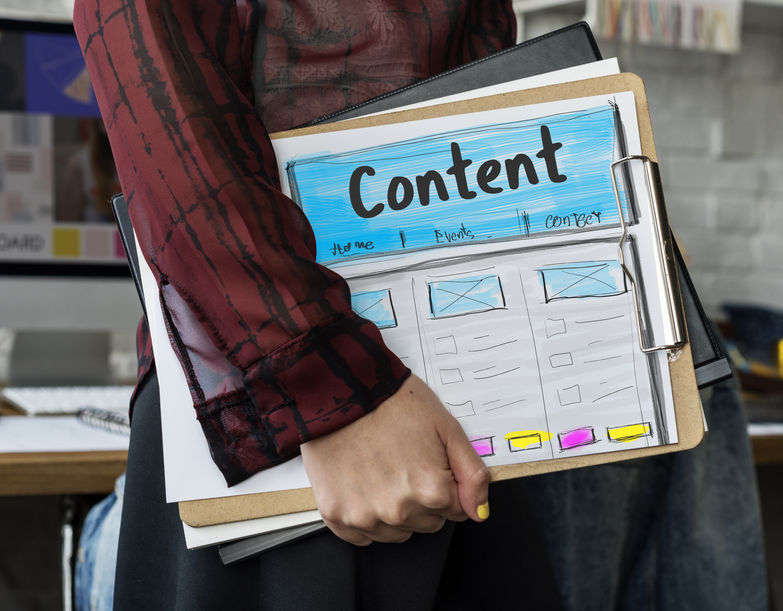
The buyer’s journey has evolved over the years. While it was a responsibility of the sales team in the past, it is now an unpredictable process with many possible touch points across different platforms. Additionally, it is an increasingly sophisticated concept with varying versions from different marketers.
Depending on your target consumers and marketing goals, you may have to develop your own framework to achieve your desired results.
However, the best way to get started is to understand the most basic version of the buyer’s journey. This version consists of three stages, namely, discovery, consideration, and decision.
Discovery
The buyer’s journey kicks off with consumers discovering that they have a need, problem, or pain point that needs to be solved. This will prompt them to start looking for a solution, which is usually done by performing a search on a search engine or other online platforms. The duration of the discovery stage can vary greatly depending on the importance and urgency of the need, and the speed at which the consumers act.
Consideration
In the consideration stage, consumers will explore different possible solutions and hone in on one that they feel will best satisfy their needs. This process involves activities such as comparing prices, finding out the pros and cons of each solution, reading reviews, and asking for opinions from family members or friends. Similar to the discovery stage, this stage can be short or long, depending on the cost of the product or service, the availability of information, the number of options available, and other factors.
Decision
After they have identified the best possible solution, consumers will perform a final evaluation of the product or service in order to justify their buying decision. If everything goes will, they will proceed to make the purchase. However, if they decide the product or service is not the right one for them, they will return to the consideration stage to examine other alternatives.
Aligning Your Content with the Buyer’s Journey

Businessman writing Content strategy concept on screen
In order to succeed in content marketing, you need to look at things from the buyer’s point of view. As consumers undergo the buyer’s journey, you have to know their thoughts and needs at each stage of the journey, and use targeted content marketing strategies to guide them to conversion. Here’s how.
The Discovery Stage
In the beginning, you should focus your content marketing efforts on creating awareness of a certain problem and aligning the problem with issues that are related to your business. The goal is to loosen your target consumers’ status quo and make them commit to change. There is a wide range of content formats that are appropriate for the discovery stage, including editorial content, research reports, statistics, and whitepapers. These types of content are effective in helping consumers realize they have a problem, supporting their pain points, and driving urgency.
The Consideration Stage
In the consideration stage, your goal is to show consumers the specific needs for solving the problem and convince them that your product or service can meet those needs. Here, you will begin to highlight your solution to the problem and tout the benefits and features of your product. Also, it is important that you explain how your product or service stands out from those of your competitors. Recommended content for the consideration stage includes product demonstrations, comparison posts, guides, case studies, and podcasts.
The Decision Stage
If you have done well in the first two stages, your target consumers should be convinced that your product is an effective solution to their pain points. Now, it is time to close the deal. In order to convert your target consumers, you have to be able to validate why your product or service is worth purchasing. It can be difficult to do this if there are many other options available, but you should be in a better position than your competitors since you survived the consideration stage. Try to focus on the value you are offering, such as durability and long-term savings potential. Appropriate types of content for the decision stage may vary depending on industry, but the most commonly used ones include product comparison content, live demos, in-depth case studies, and trial downloads.
If you want to take your content marketing to the next level, you should not be content with implementing run-of-the-mill strategies or following the latest marketing trends.
Effective content marketing involves developing content that is appropriate for different situations.
Aligning your content with the buyer’s journey allows you to tap into the thought tendencies of consumers and influence their actions and decisions each step of the way. Timely and targeted engagement will ensure that they will not drop off the conversion funnel.

